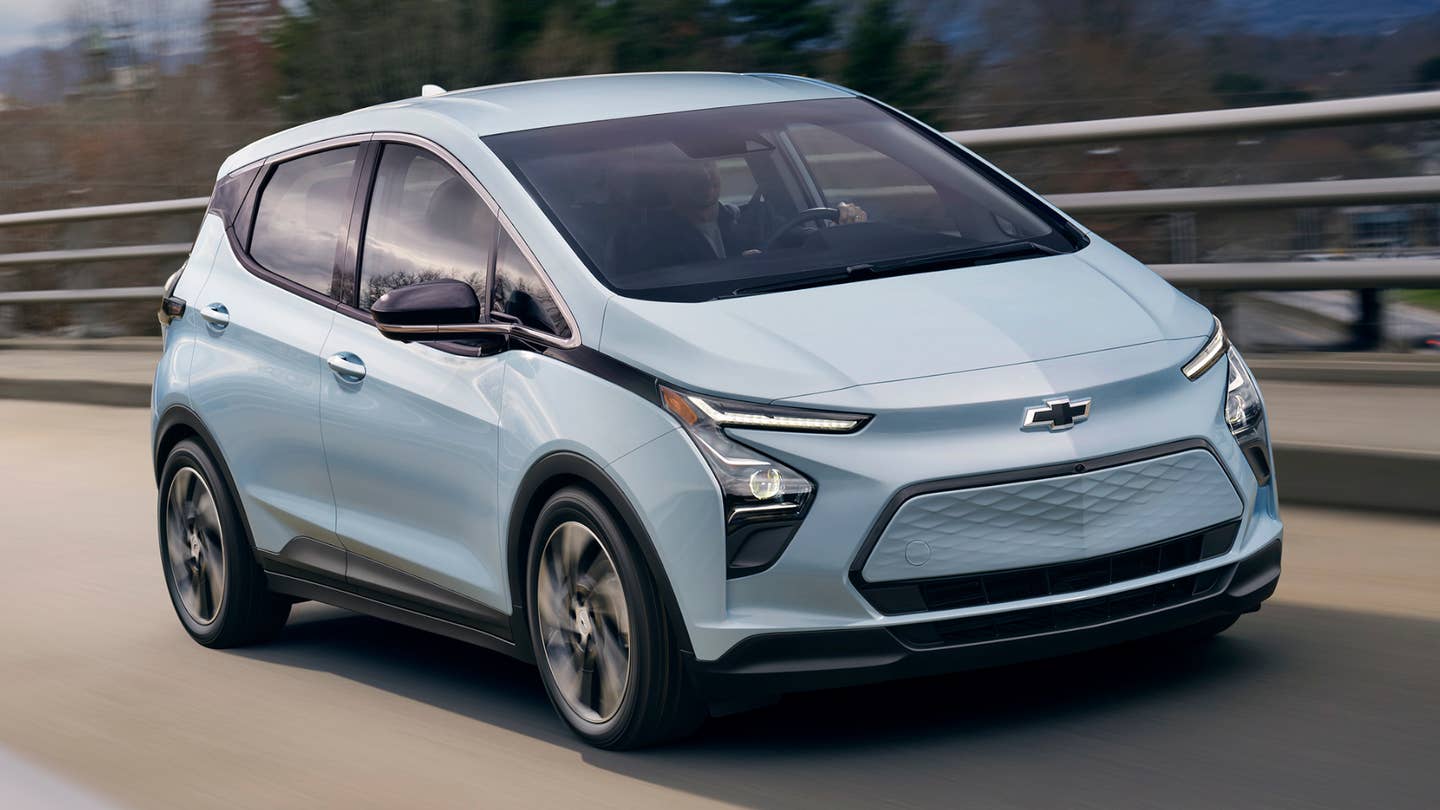A lot has been going on around the development of electric vehicles, their promotion, and customers’ choice of purchasing cars. At the same time, the government has been in discussion about the rules for electric car tax credit over the summer. The changes are expected to take place soon.

According to a recent report by The Verge, the EV tax credit rules are being delayed until March 2023. It means by then, some electric vehicles like Tesla Model 3 and Chevy Bolt are going to be offered at a much better deal. Besides reducing inflation, the government is focused on designing the Inflation Reduction Act (IRA) to force profound changes in the EV market. It aims to build up domestic battery manufacturing the manufacturing is not from China.
The EV tax credits are not just focused on the vehicles that are built, but also on where they are assembled and where the batteries are sourced from. The rules are to take effect from January 1, 2023. Though the dates indicate that, the effective date is expected to take much longer than the provisions being taken place. According to the Department of the Treasury, the decisions around some aspects of the EV tax credits will be delayed till March. By delaying rules around where battery minerals are sourced but allowing other rules to go into effect on January 1st, the Treasury Department has created an interesting situation for several North American-built EVs.
EV tax credit
Once the bill is passed and implemented in the market, the EVs will be eligible for a tax credit of $7,500 for the first few months of 2023 and possibly longer. And this means one could score a good deal on one of these EVs in the next quarter, provided they can find good deals. Under the IRA’s new rules, the full $7,500 EV tax credit that was due to take effect on January 1st is only available to cars assembled in North America. But according to Reuters, it’s also contingent on the batteries meeting two factors that are each good for $3,750.
One half is based on the EV battery having at least 40 percent of its critical minerals sourced in the US or one of its free trade partners; the other half is based on the EV battery having at least 50 percent of its components manufactured or assembled in North America. Those percentages are meant to scale up in the coming years as well. This is because the IRA seeks to make certain that batteries are sourced and built in North America, not just the cars themselves. Some new effects of the IRA, such as caps on buyer income and vehicle prices, will still go into effect on January 1st. Those rules are meant to force the EV market in a more affordable direction.
More options for buyers
With the new EV tax credit being made available for various automakers, customers can also have a choice in selecting the brand. Ford, Nissan, Rivian, and Volkswagen’s North American-built EVS are all under the EV tax credit. Some automakers like Kia and Hyundai build their EVs outside of the US, so they are not eligible for the full EV tax credit. Interestingly, one will not be able to purchase under the tax credit Tesla Model S and Model X. The automaker has been a huge driven force towards electrification in the automobile industry. However, they are claimed to be too expensive to qualify under the new rules.
Furthermore, detailed information about the battery component manufacturing and other critical parts for claiming EV tax credit will be revealed by this year’s end. As the plans are finalized, the automakers are also planning to make new changes to their manufacturing segments. As many automakers are just getting started on making EVs, making some changes to their source of battery production seems feasible in some cases.
Manufacturing of EVs
So with this comes the question of how automakers are looking out for local production. Mineral requirements are to be met within the US and that has been a challenge. Though automakers are ready to opt for sourcing locally, over the years the cheaper options have always been from China. Where 70 percent of the global supply of battery cells is from China. However, the IRA is designed to level the playing field, wean American battery dependency off China and create US jobs in the EV sector. Many car companies and their supplier partners are now working to beef up US battery plants as a result. On the other hand, sourcing battery minerals inside the US could mean detrimental effects on areas near Indigenous reservations where many deposits are found.











